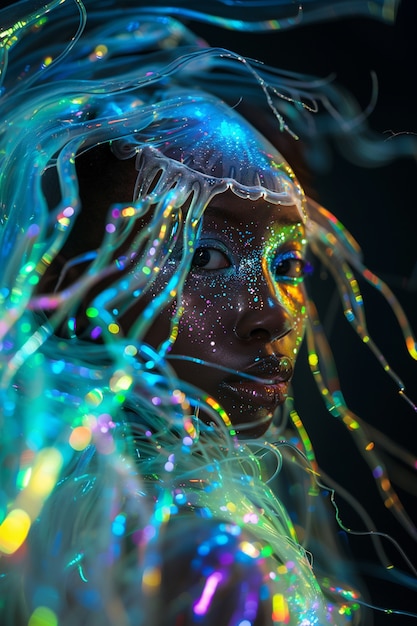
There are only a few places in the world where you can witness marine bioluminescence. These include Mosquito Bay in Puerto Rico, Toyama Bay in Japan—where firefly squids light up the water—and the Newnes Glow Worm tunnel in Australia. The tunnel, originally built by humans, is now home to thousands of fireflies after being abandoned.
Bioluminescence refers to the ability of certain living organisms to produce light through a chemical reaction, converting chemical energy directly into light. This phenomenon is quite common across various biological levels, including bacteria, fungi, mollusks, cephalopods, and crustaceans.
One notable example is the marine dinoflagellate Noctiluca scintillans, also known as Sea Sparkle. These organisms live independently in estuaries along the coast and in shallow areas of the continental shelf. They produce luminescence, which aids in the growth of phytoplankton that they consume. When Sea Sparkles proliferate, they cause what is known as red tides, creating a bloom of floating algae that glows brightly when disturbed by actions like breaking waves or passing boats. Depending on the pigments present, these tides can also appear green or blue.
Though not toxic, red tides accumulate high levels of ammonia, which can be expelled later, harming aquatic life in the area. Despite this, they are stunning to observe, particularly on dark nights when any movement in the water triggers the organisms to emit light, creating an illuminated spectacle.
An Australian professional photographer, Jo Malcomson, had the chance to capture a vividly bright blue tide in Tasmania, Australia. This tide moved along the coast near Hobart, resulting in breathtaking and mysterious photographs.